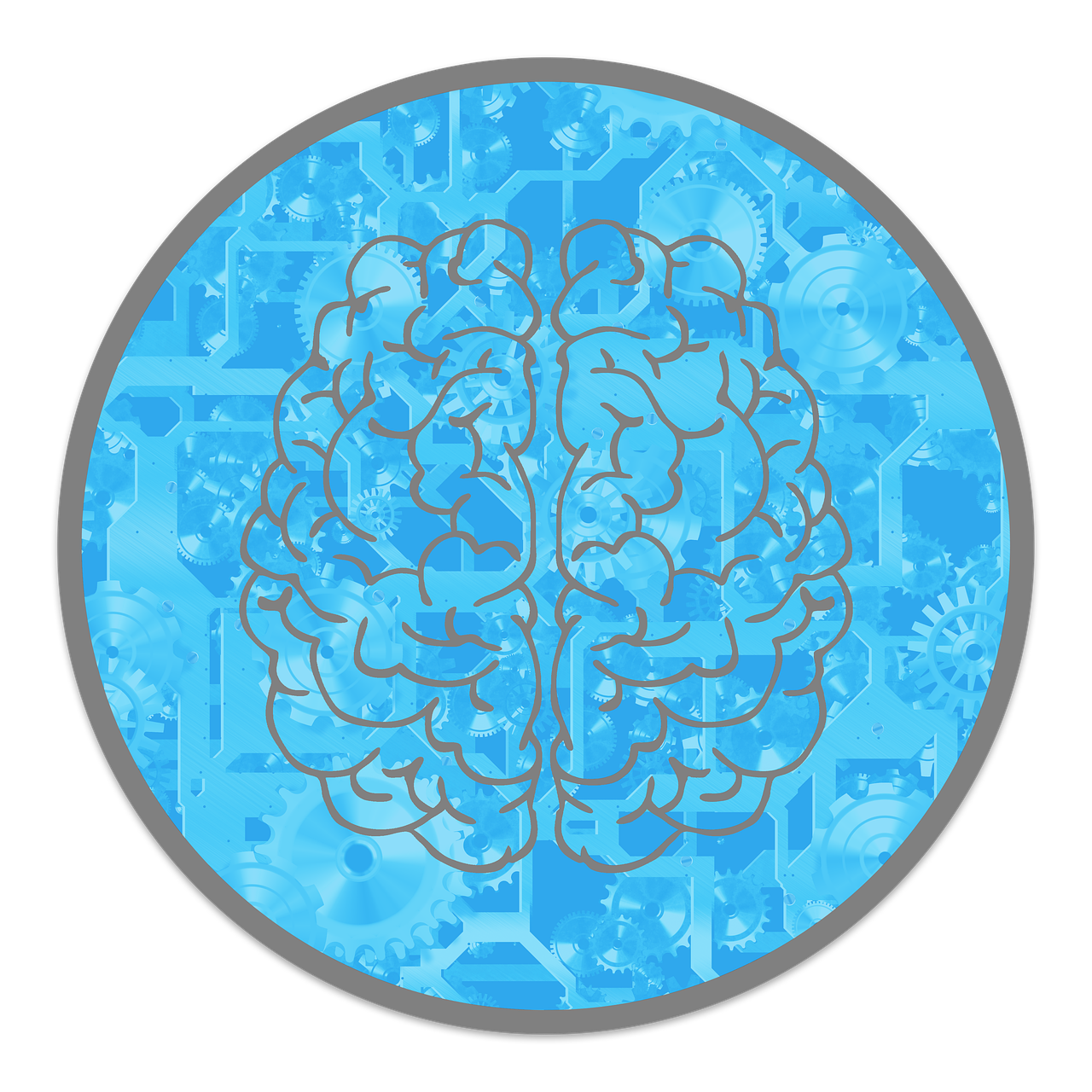
The human brain is one of the most intricate and enigmatic organs in the body.
While science has unraveled many of its mysteries, some phenomena remain unexplained, leaving even experts scratching their heads.
From feelings of déjà vu to the peculiar Tetris Effect, these experiences showcase the brain’s complexity and raise questions about how our minds perceive reality.
In this blog, we’ll explore these fascinating phenomena and delve into the science that attempts to explain them.
Déjà Vu
Have you ever felt like you’ve lived through a moment before, even though you know you haven’t?
This strange sensation, known as déjà vu, is something most people experience at least once.
In fact, studies suggest that up to 70% of us encounter it at some point in our lives.
Despite how common it is, the exact cause of déjà vu remains a mystery.
Scientists think it might happen when there’s a mix-up in the brain’s memory processing.
For instance, information might skip the usual pathways, tricking your brain into thinking a new experience is familiar.
Research published in the journal Memory has found that stress and fatigue can make déjà vu more likely.
While it’s not harmful, this curious phenomenon continues to puzzle experts in neurology and psychology.
For now, it remains one of the brain’s many unsolved mysteries—a fleeting but fascinating glitch in how we perceive the world.
Out-of-Body Experiences (OBEs)

An out-of-body experience (OBE) is the feeling of observing your own body from outside of it, almost as if you’re floating above yourself.
These experiences are often reported during intense situations like trauma, meditation, or near-death experiences.
While some people see OBEs as spiritual or supernatural events, neuroscience suggests there might be a scientific explanation.
Research points to the temporoparietal junction, a part of the brain that helps us understand where we are in space and how we perceive ourselves.
If this area is disrupted, it can create the sensation of being outside your body.
In fact, a 2002 study published in Nature showed that stimulating the temporoparietal junction could trigger OBE-like feelings, offering a glimpse into the brain’s role in this fascinating phenomenon.
While OBEs remain a mysterious and deeply personal experience, science is beginning to shed light on their possible origins.
Near-Death Experiences (NDEs)
Near-death experiences (NDEs) are powerful, and often life-changing events reported by people who have come close to dying.
These experiences can include vivid sensations like traveling through a tunnel of light, meeting loved ones who have passed, or feeling an overwhelming sense of peace.
While many view NDEs as spiritual or otherworldly, scientists have explored possible biological explanations.
One theory, discussed in a study published in Frontiers in Psychology, suggests that NDEs may be caused by oxygen deprivation in the brain during moments of extreme stress.
This lack of oxygen could lead to hallucinations and altered states of consciousness.
Despite advances in neuroscience, NDEs remain difficult to study because they are deeply personal and subjective.
Whether seen as a spiritual encounter or a result of brain activity, these experiences continue to fascinate both researchers and those who have lived through them.
Prosopagnosia (Face Blindness)

Imagine meeting someone several times and still not being able to recognize their face.
This is the daily challenge faced by people with prosopagnosia, also known as face blindness.
This condition affects about 2% of the population and is caused by issues in the fusiform gyrus, a part of the brain responsible for recognizing faces.
Some people are born with prosopagnosia, while others develop it after a head injury or stroke.
Because recognizing faces is difficult, those with this condition often rely on other clues, like someone’s voice, hairstyle, or clothing, to identify them.
Research published in Current Biology suggests that early interventions, such as specific training exercises, may help improve face recognition skills.
While living with prosopagnosia can be challenging, greater awareness and understanding of the condition can make it easier for those affected to navigate their social interactions.
The Tetris Effect
The Tetris Effect is when repetitive activities, like playing a video game, start to influence how you see the world around you.
For instance, after playing Tetris for hours, players might begin to imagine falling blocks even when they’re no longer playing the game.
This phenomenon shows just how adaptable the brain is and how it constantly looks for patterns.
A 2000 study published in Cognitive Science explained that the Tetris Effect happens when the brain processes and stores information after intense focus.
It’s a great example of how memory and perception are closely linked, as our brains retain what we’ve experienced, even outside of the activity itself.
Apophenia
Have you ever seen shapes in clouds or found patterns in random objects, like thinking a stain on the wall looks like a face?
This is a natural tendency called apophenia, where our brains try to find connections in things that aren’t really related.
It’s a normal part of how we think, as our minds are always looking for meaning in the world around us.
However, when this tendency becomes excessive, it can be linked to mental health conditions, such as schizophrenia.
Research published in the Journal of Neuroscience suggests that dopamine, a brain chemical, might influence how we assign meaning to random patterns.
Apophenia highlights our brain’s ability to create order from chaos, even when there isn’t any.
It’s a reminder of how our minds are wired to find connections, whether or not they actually exist.
Phantom Phone Vibrations

Have you ever felt your phone vibrate in your pocket, only to check and realize it didn’t?
This is called phantom phone vibration, and it’s a surprisingly common experience.
Studies show that up to 90% of smartphone users have had this sensation at some point.
Research published in the Journal of Computers in Human Behavior suggests that these phantom vibrations may be linked to increased alertness and anxiety about missing notifications.
It’s a sign of how deeply technology has become part of our daily lives, even influencing how we perceive sensations.
Phantom phone vibrations remind us just how connected we are to our devices—and how our brains can adapt to this constant digital presence.
Final Thoughts
The brain is a marvel of evolution, capable of incredible feats and baffling mysteries.
While science provides intriguing insights into phenomena like déjà vu, OBEs, and the Tetris Effect, much about the brain remains uncharted territory.
By studying these experiences, we not only learn about the limits of human cognition but also gain a deeper appreciation for the intricacies of our minds.



